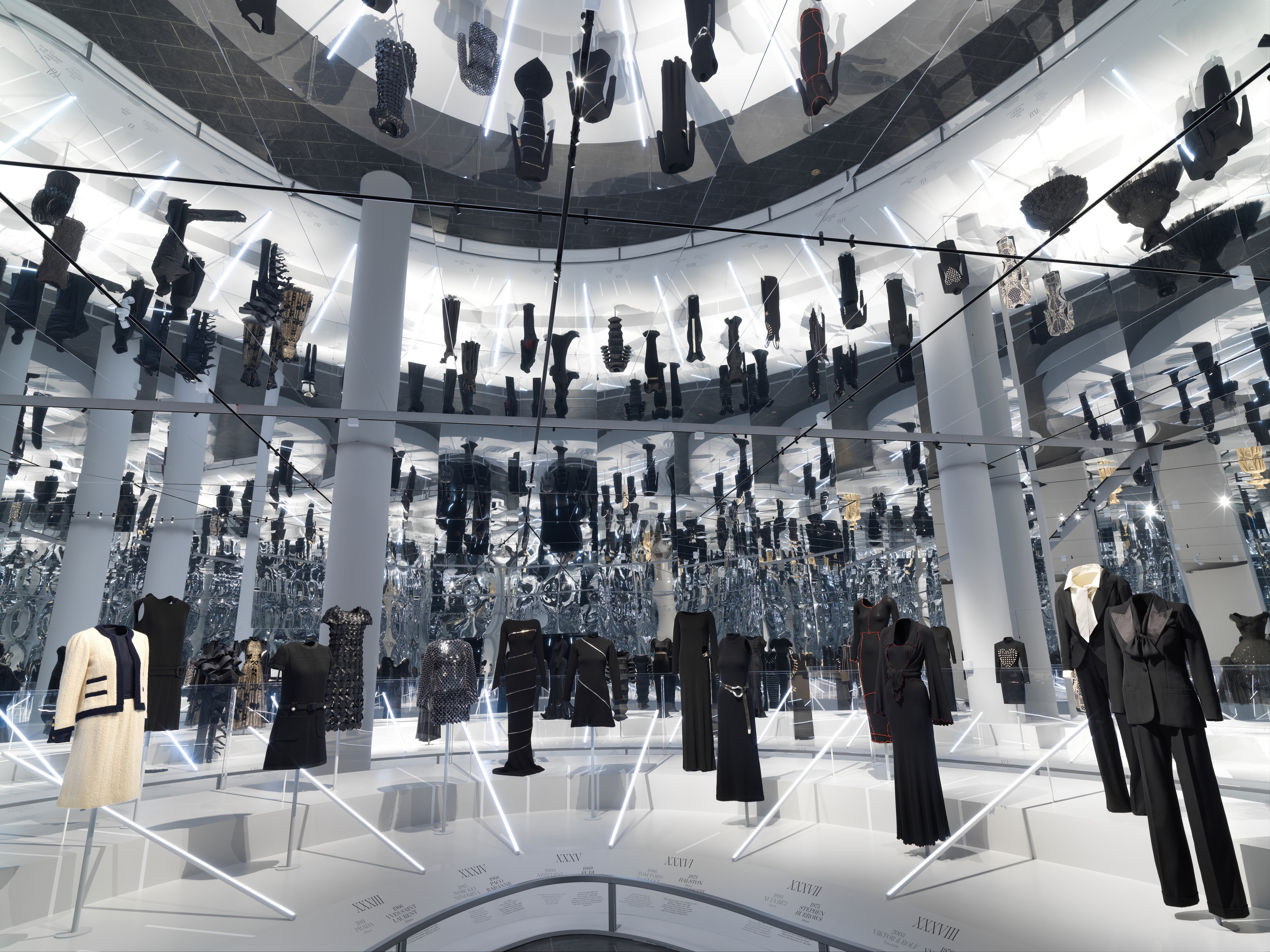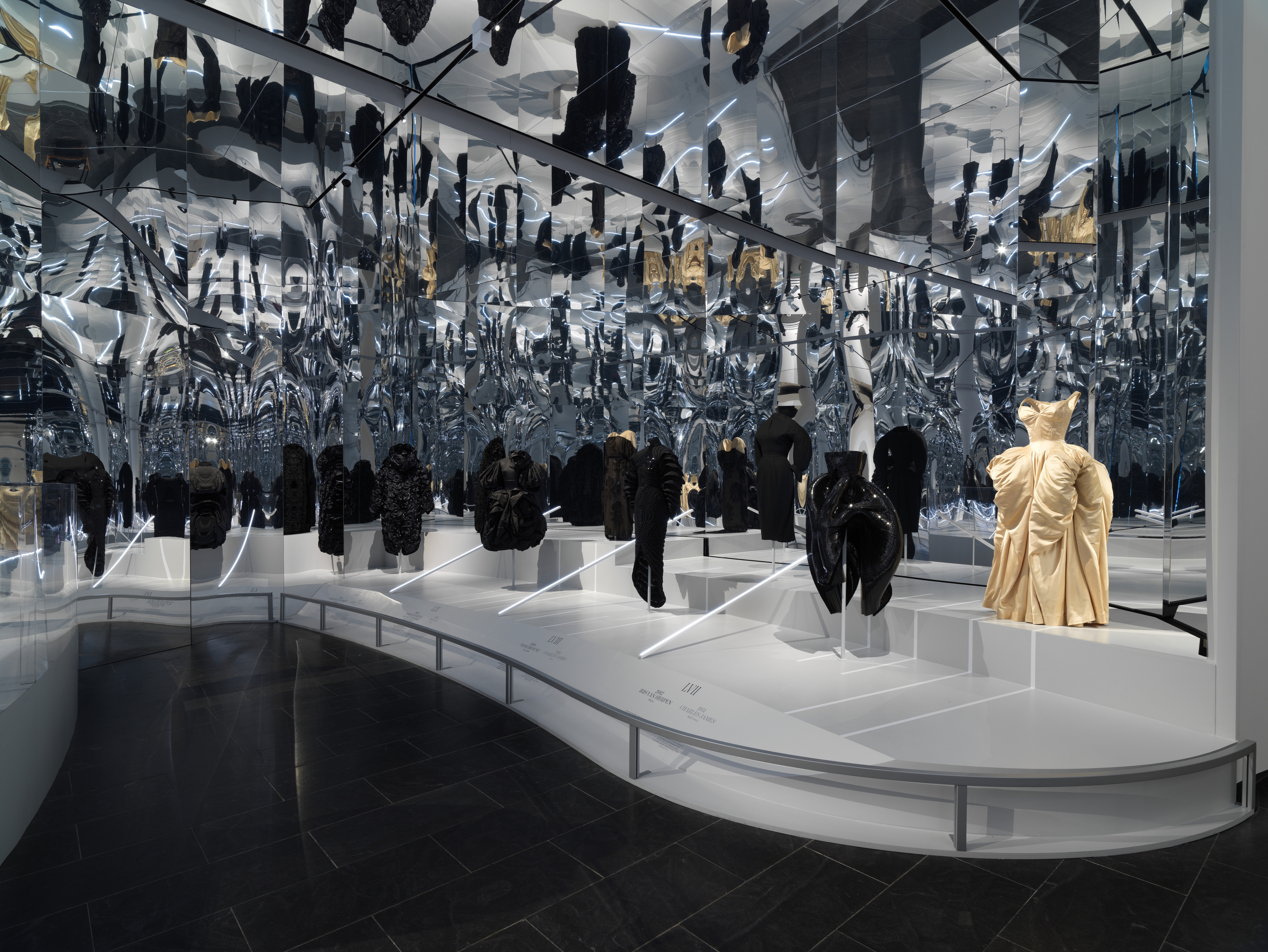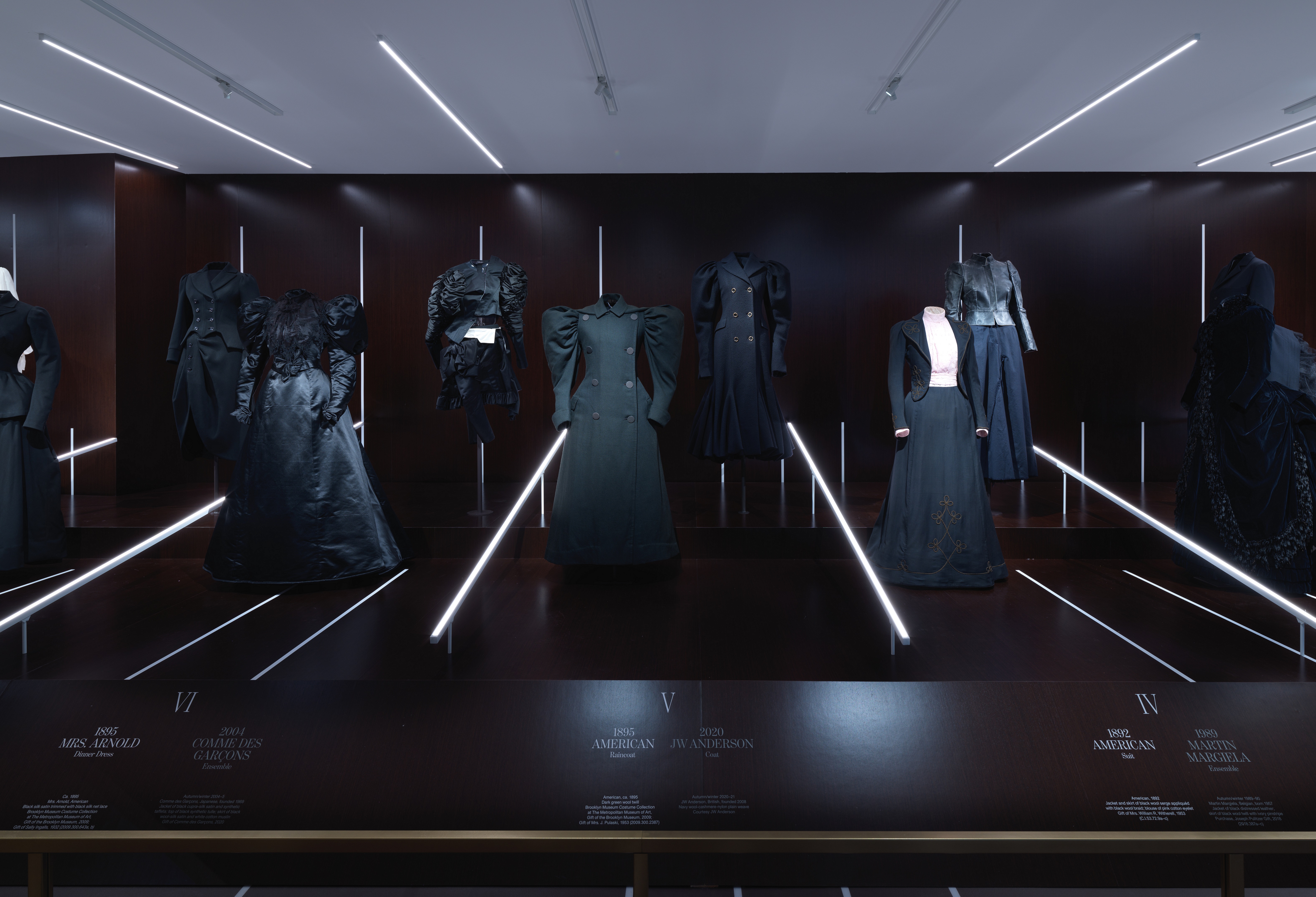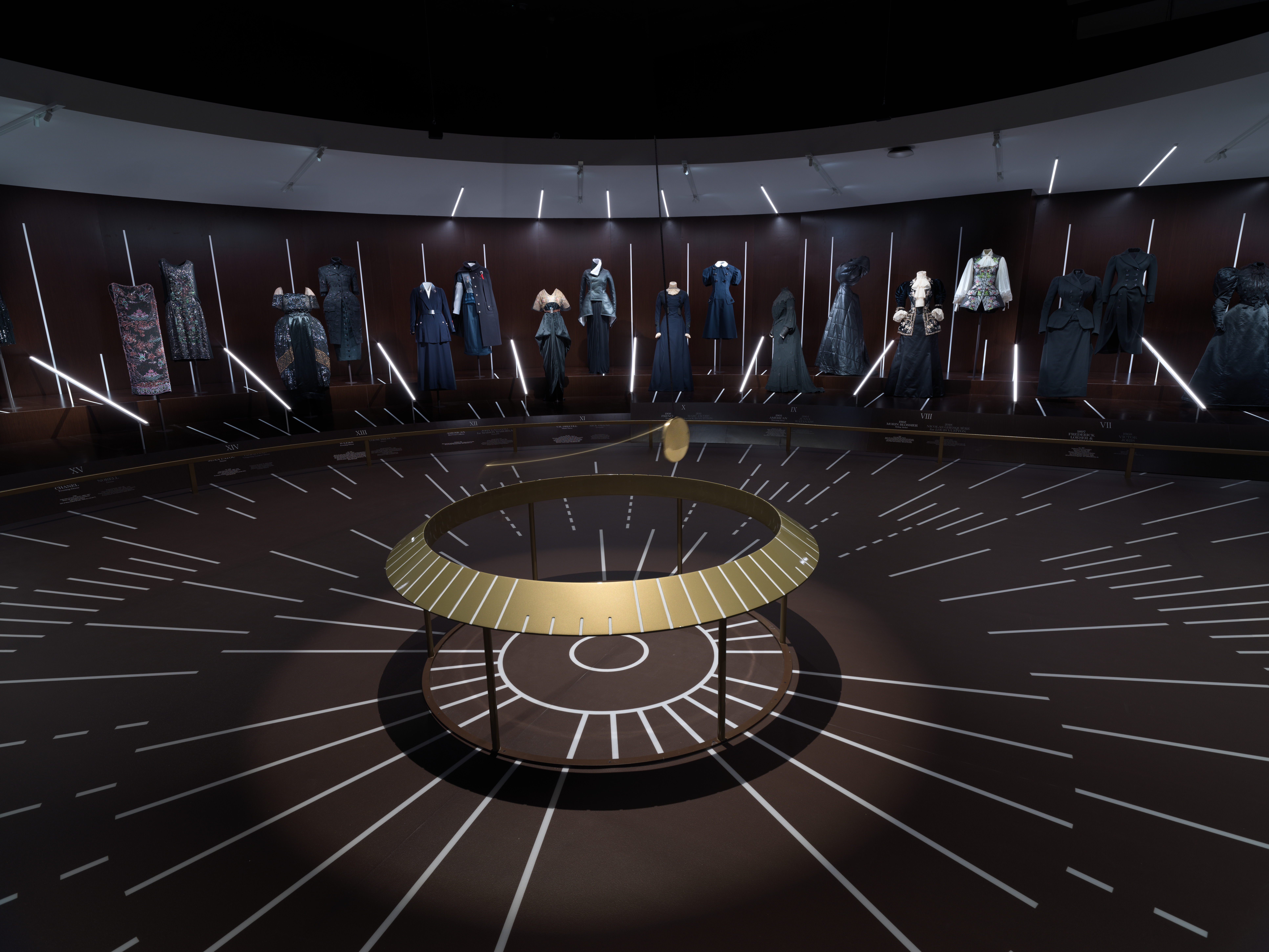Visiting “About Time: Fashion and Duration’ at The Met Museum
October 27, 2020
Nicky Campbell
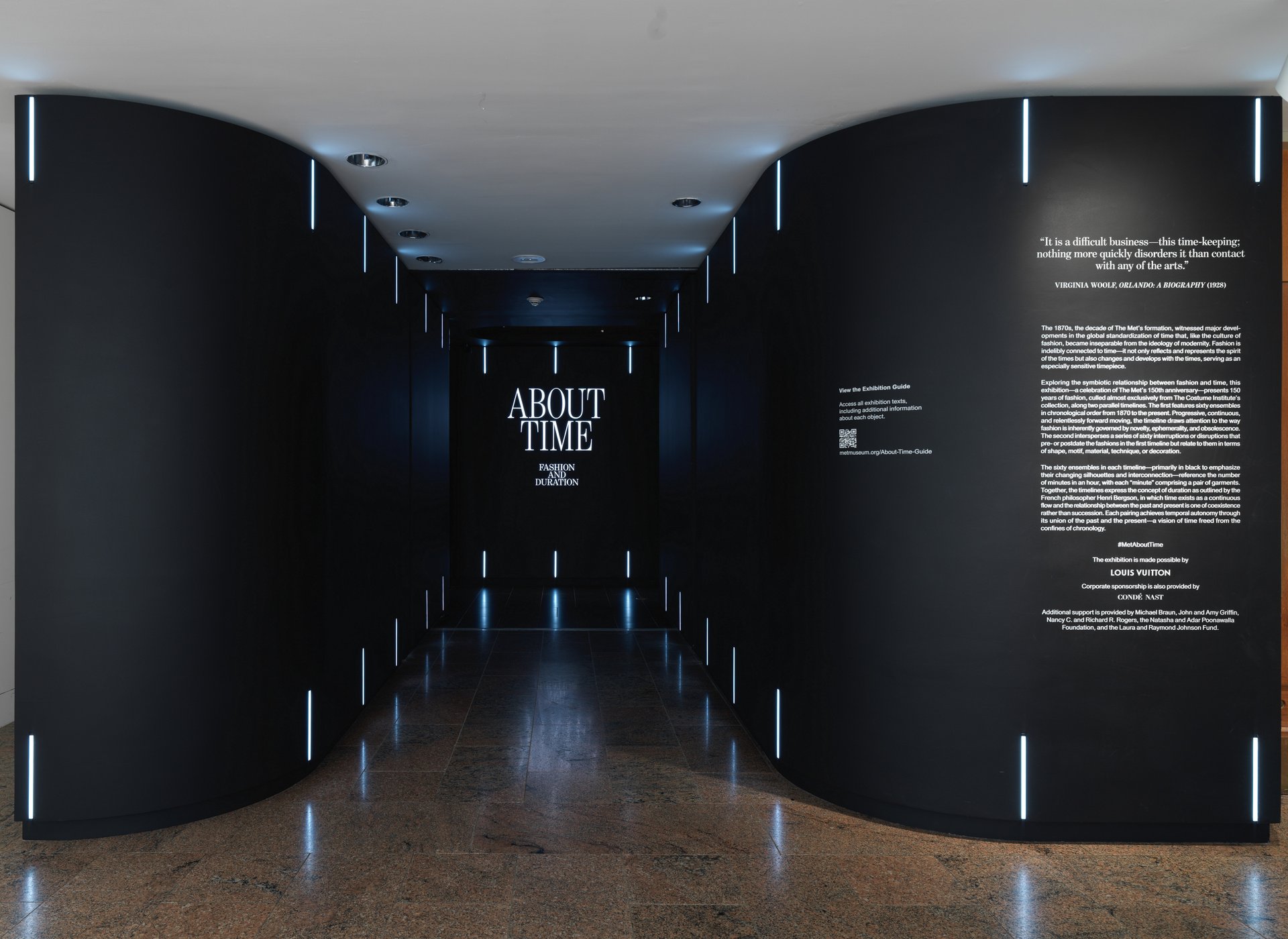

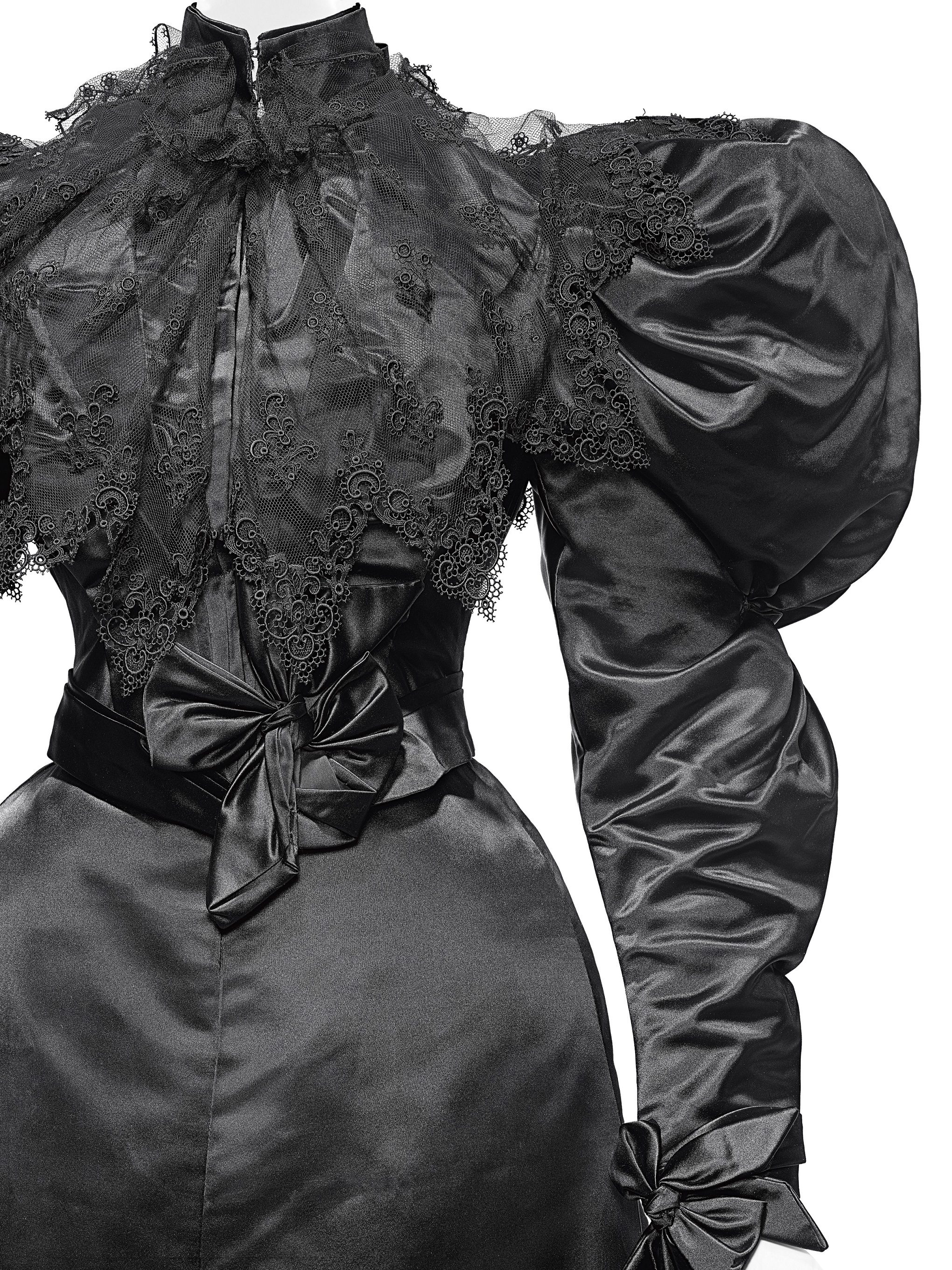
Dinner Dress, Mrs. Arnold, ca. 1895
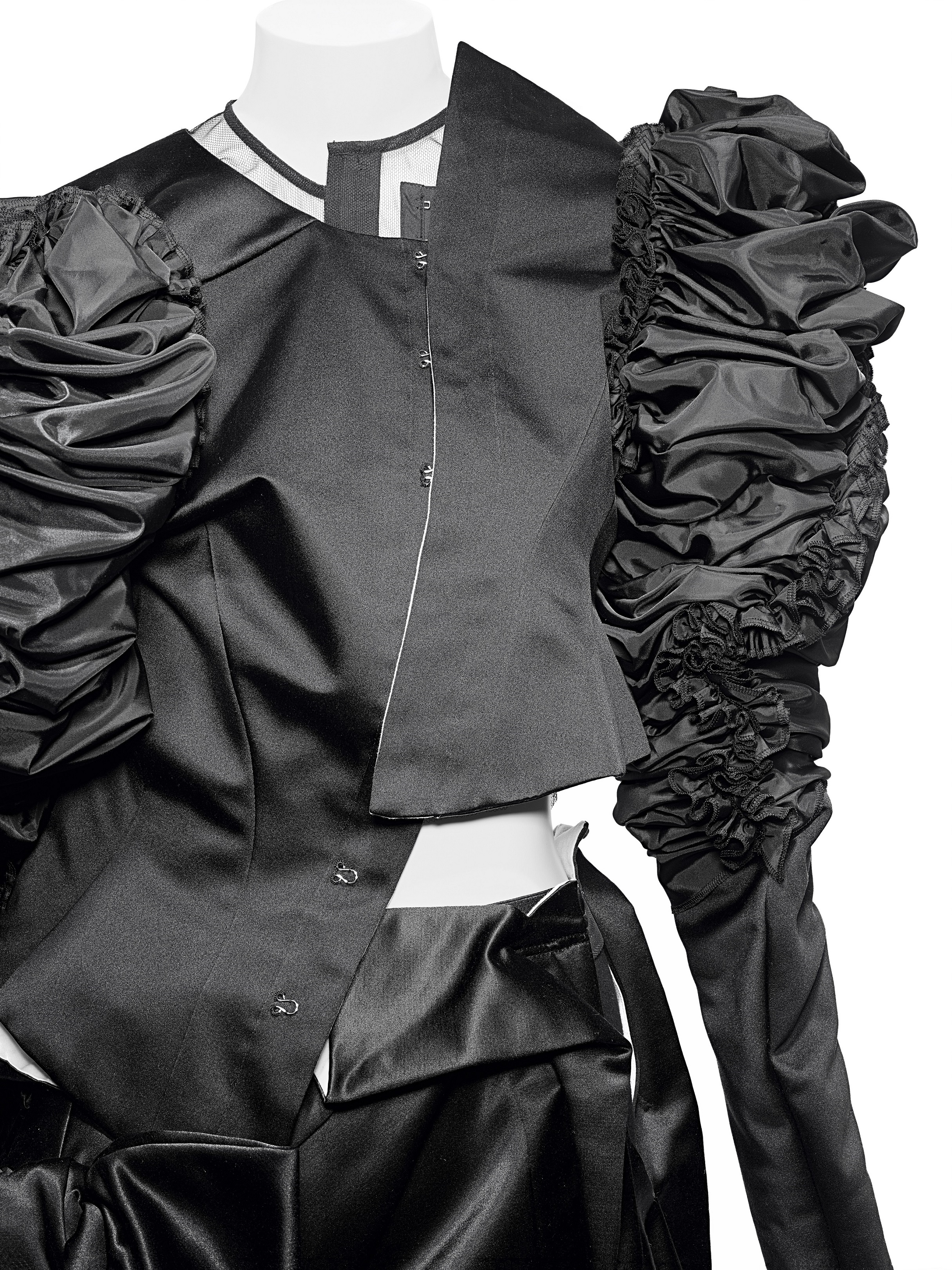
Comme des Garcons, Fall-Winter 2004

Viktor & Rolf, Spring-Summer 2020 Couture
PHOTOS COURTESY OF THE MET
Previous
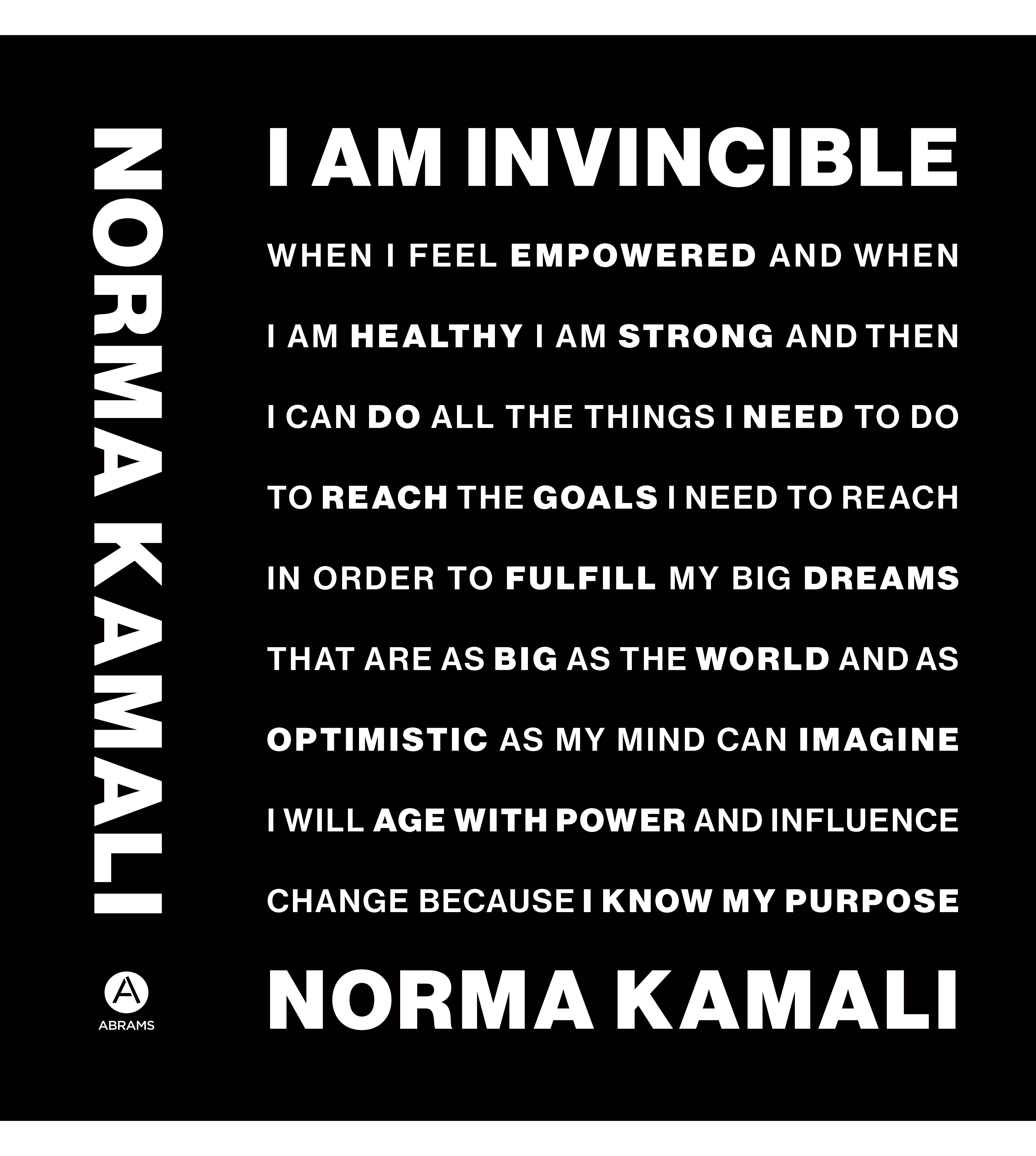
Norma Kamali: “I am Invincible”
